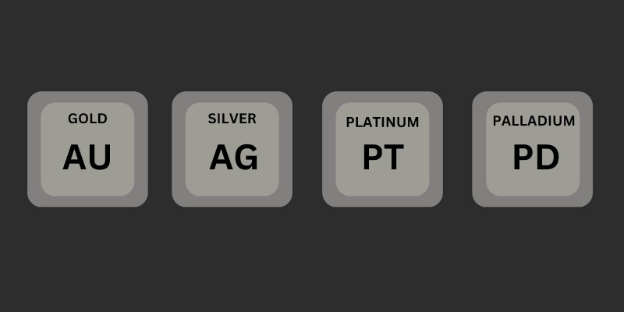Introduction
In this article, I’ll explore the journey of silver from mine to the market. I’ll discuss the different steps involved in the production process, from extracting the ore to refining and manufacturing the final product. So buckle up, because it’s time to go on a journey to the underworld!
Where Does Silver Come From?
Silver is one of the most abundant elements on Earth, but that doesn’t mean it’s easy to get at. In fact, silver is typically mined as a by-product of other metals, like gold and copper.
This is because silver isn’t very reactive—meaning it doesn’t easily combine with other elements. That’s why it’s often found in its elemental form, as opposed to other metals which are found in compounds.
Once the silver is mined, it needs to be processed and purified before it can be used in products like jewelry and watches. This is a long and intricate process, but the end result is a beautiful, valuable metal that has been cherished by humans for centuries.
The Mining Process
Mining for silver is a complex and expensive process, and it starts with locating the right deposit.
The drilling process can take weeks or even months, as the team tries to identify the right spot to start extracting the silver.
Once they’ve started drilling, the mining company has to remove all of the earth and rocks around the silver deposit so they can get to it. This process is called “open-pit mining” and it’s one of the most destructive methods of mining. It can destroy forests, contaminate water supplies, and damage communities that are near the mine.
How Is Silver Refined?
From the mines, the silver is then transferred to a refinery. A refinery is a factory where precious metals and other valuable materials are purified and separated from each other.
- The first step in the refining process is to remove any dirt or rocks that may be mixed in with the silver. This is done by sending the silver through a sieve, which separates the heavier particles from the lighter ones. The lighter particles are then blown away, leaving only the pure silver behind.
- The next step is to remove any other impurities that may be in the silver. This is done by boiling the silver in a special solution that will dissolve any unwanted substances. The pure silver will remain undissolved, while all of the impurities will be carried away in the boiling solution.
- Afterward, the silver is melted down and poured into molds to create bars or coins.
Fabrication of Silver
After refining, the silver is ready for fabrication, which involves shaping and moulding the metal into different forms and products, such as jewelry, coins, cutlery, and industrial products.
Wholesaling and Retail
The next step is wholesale and retail, where the fabricated silver is sold to wholesalers and retailers, who then sell the products to the end consumer.
Finishing and Packaging
Finally, the silver products are finished and packaged, ready for shipment to retailers and consumers.
There’s a lot that goes into getting silver from the ground to the store, and it’s all worth it because of how beautiful and valuable silver is.






